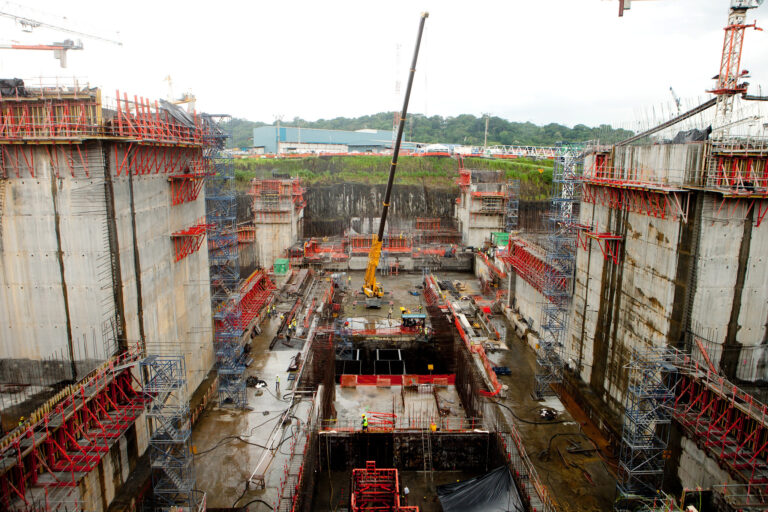Sustainable Building Practices: How to Build Eco-Friendly Homes
In today’s world, the importance of sustainable building practices cannot be overstated. Eco-friendly homes are designed to minimize environmental impact, utilizing materials and techniques that promote energy efficiency and reduce waste. One of the key elements of sustainable construction is the use of green building certifications such as LEED (Leadership in Energy and Environmental Design), which ensures that buildings meet strict environmental standards.
Eco-friendly materials play a crucial role in sustainable construction. Recycled steel, bamboo, and other renewable resources are becoming increasingly popular. These materials not only reduce the carbon footprint of a project but also offer durability and resilience. In addition, integrating renewable energy solutions like solar panels and wind turbines can significantly lower energy consumption and utility costs, making homes more self-sufficient and environmentally friendly.
Successful sustainable projects serve as valuable case studies, showcasing the benefits of green building practices. For instance, homes that utilize passive solar design can naturally regulate indoor temperatures, reducing the need for heating and cooling systems. Rainwater harvesting systems and green roofs are other innovative solutions that contribute to sustainability. By adopting these practices, builders can create homes that are not only eco-friendly but also healthier and more comfortable for their occupants.





